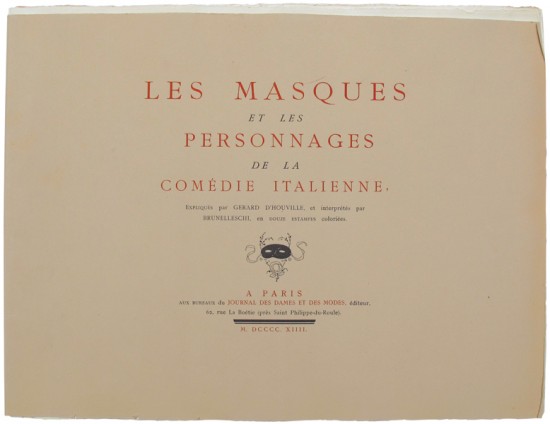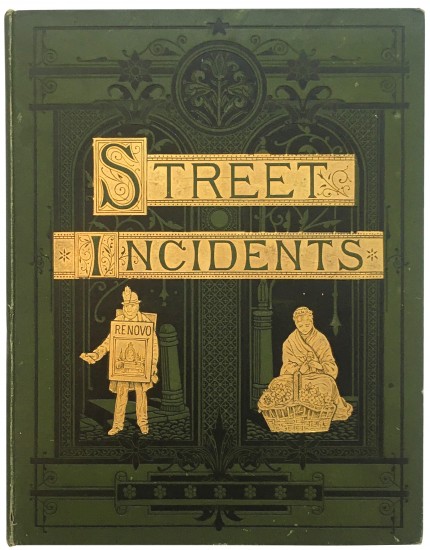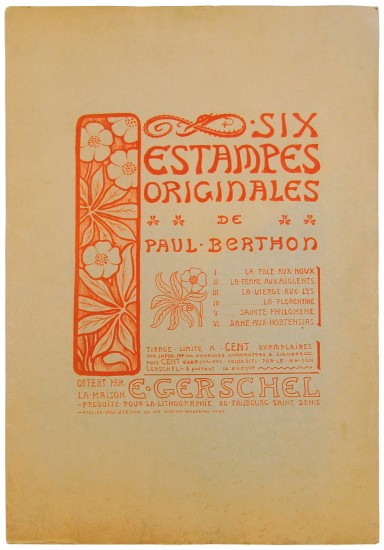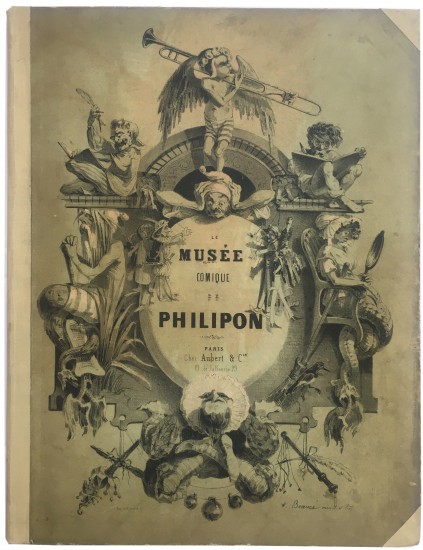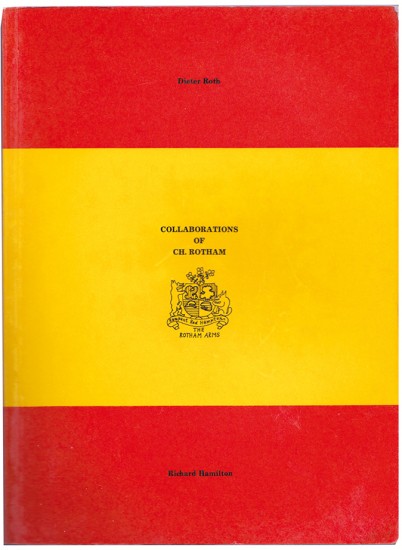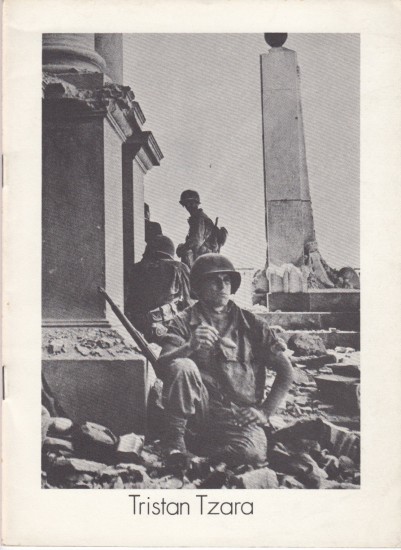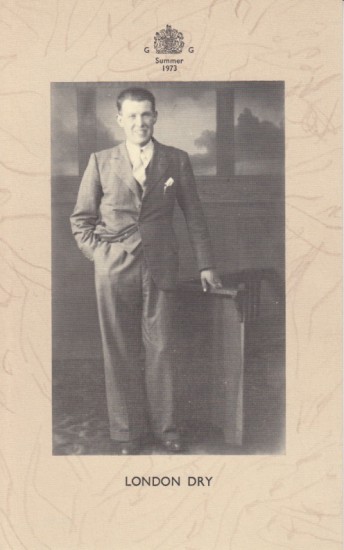Monumentum Aeternae Memoriae Mariae Christinae Archiducis Austriae ... &c
Canova
Vienna [Vindobonae]. Typographia Degeniana. 1813
Sold
Rare publication on one of Canova's most important commissions, that for the tomb of the Habsburg Archduchess Maria Christina.
Commissioned by her widower husband Albert of Saxe-Teschen in 1798 - the most culturally sophisticated member of the family -the work was Canova's first large-scale commission for a non-Italian patron. For the basic design Canova used the conception that he had developed for the proposed tomb of Titian in Venice in the Church of the Frari; that project floundered in the ongoing political upheavals of the 1790s and Canova's intentions for Maria Christina's tomb were to face difficulties of their own. Canova and his patron differed on the location of the tomb (Canova preferred an interior location, Albert proposed a more public and exterior location), the exterior decoration (Albert proposed removing the lion and 'genius of death', Canova resisted), the interpretation of the exterior figures (Albert suggesting that they referred to the Archduchess, Canova, again resisting, stating that they referred to a universal humanity) and finally the inclusion of Habsburg dynastic symbols.
Ultimately Canova deferred to his patron on the interpretation and the dynastic symbols but refused to waver on the location of the tomb in the Augustinerkirche and the decoration. The tomb was completed by the spring of 1805 but remained veiled until the Austrian Emperor's return from battle and the public debut some three and a half months later. The tomb was a success and Canova was rewarded with a diamond-encrusted snuffbox decorated with a portrait of Albert.
[PROVENANCE: Furstenberg library stamp to Latin title and final leaf of text recto: 'Furstenberg Hofbibliothek Donaueschingen'].
Commissioned by her widower husband Albert of Saxe-Teschen in 1798 - the most culturally sophisticated member of the family -the work was Canova's first large-scale commission for a non-Italian patron. For the basic design Canova used the conception that he had developed for the proposed tomb of Titian in Venice in the Church of the Frari; that project floundered in the ongoing political upheavals of the 1790s and Canova's intentions for Maria Christina's tomb were to face difficulties of their own. Canova and his patron differed on the location of the tomb (Canova preferred an interior location, Albert proposed a more public and exterior location), the exterior decoration (Albert proposed removing the lion and 'genius of death', Canova resisted), the interpretation of the exterior figures (Albert suggesting that they referred to the Archduchess, Canova, again resisting, stating that they referred to a universal humanity) and finally the inclusion of Habsburg dynastic symbols.
Ultimately Canova deferred to his patron on the interpretation and the dynastic symbols but refused to waver on the location of the tomb in the Augustinerkirche and the decoration. The tomb was completed by the spring of 1805 but remained veiled until the Austrian Emperor's return from battle and the public debut some three and a half months later. The tomb was a success and Canova was rewarded with a diamond-encrusted snuffbox decorated with a portrait of Albert.
[PROVENANCE: Furstenberg library stamp to Latin title and final leaf of text recto: 'Furstenberg Hofbibliothek Donaueschingen'].
Title to each part (Latin title and German title), Bierstock's Latin verse, Bierstock's verse in German (pp. 38). Folio. Engraved frontispiece, ten engraved plates and full-page aquatint after Canova by Agricola, each with tissue guardleaf. The frontispiece is signed Pickler while the remaining plates (except Canova's aquatint) bear no signature or imprint. Contemporary tree calf, boards with gilt decorative surrounds and corner tools, board edges gilt, banded spine with red morocco title label and elaborate gilt decoration in eight compartments, marbled endpapers, a.e.g.
#35090



